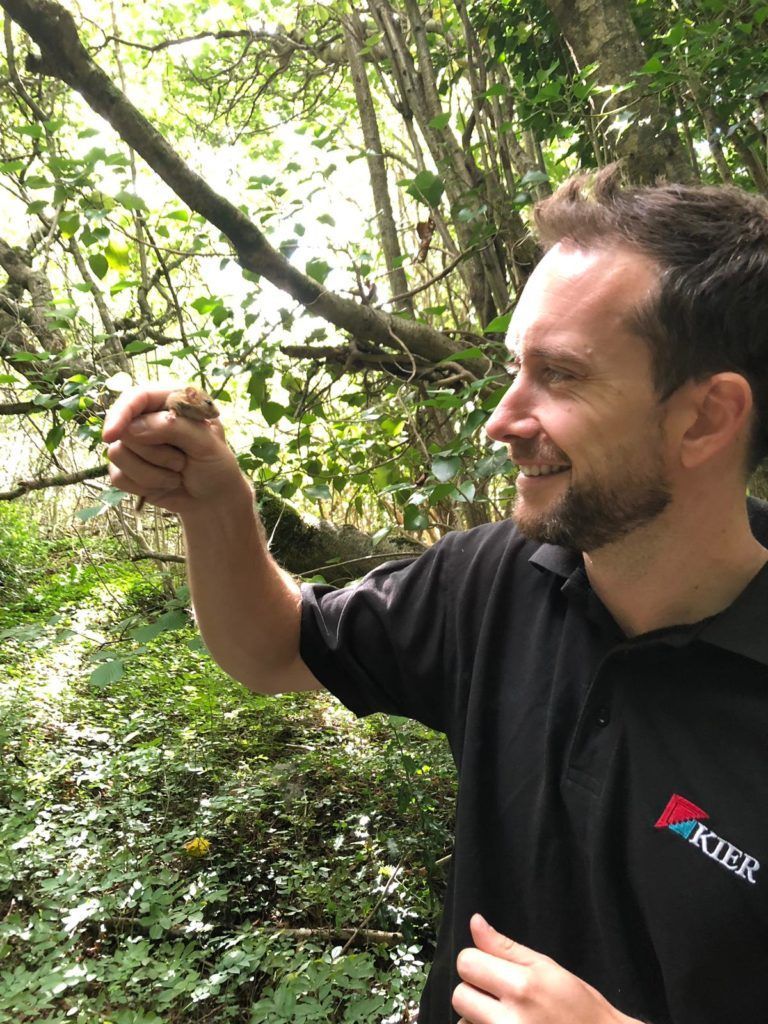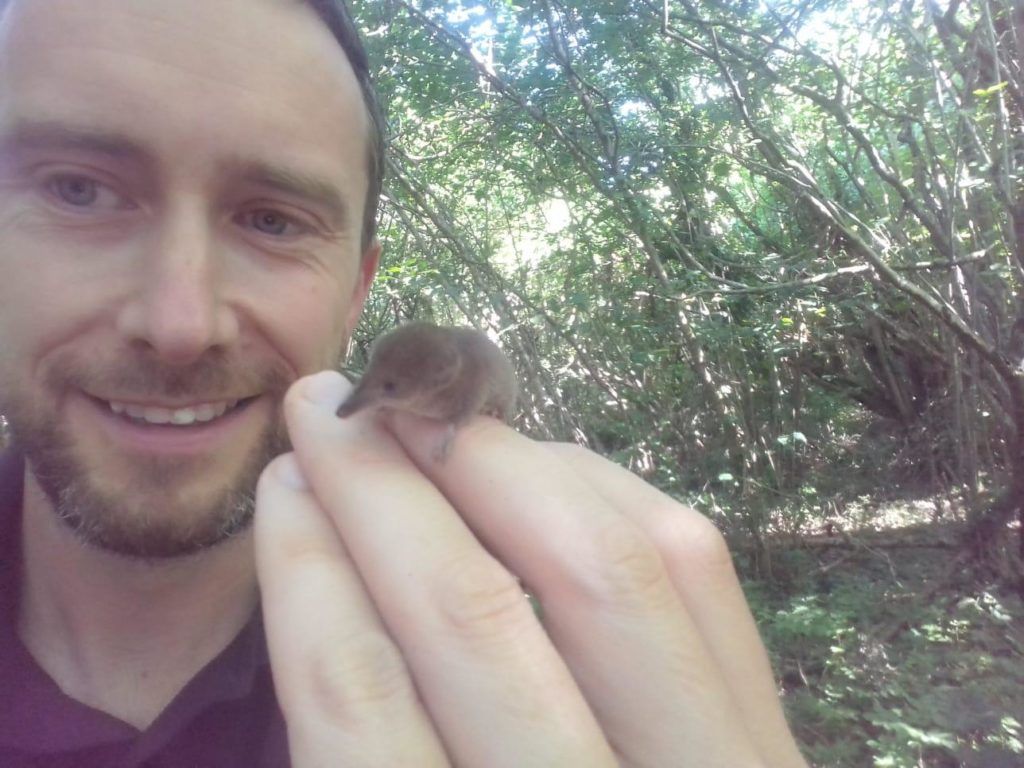Meet Jamie Edmonds: dormouse monitor
In this series, we chat to the dedicated staff members, conservation partners and volunteers at PTES. We find out why each of them chose a career in wildlife conservation, what they find rewarding about their work and what they love most about what they do.
Jamie Edmonds
Dormouse monitor at Goblin Combe in North Somerset
Tell us about yourself and the site you monitor
I’ve lived in the southwest all my life and am very lucky to have always been surrounded by amazing dormouse habitat. I was fortunate enough to complete much of my training with Michael Woods and the team at The Perch in Somerset. I still help run and co-ordinate monitoring. It was during my licence training that the manager of Goblin Combe Environment Centre approached me with a request for help at their site which potentially had dormice. After arranging a meeting and walking around the site it was abundantly clear that it was optimal habitat for dormice. I was certain we’d find them.
Between September 2010 and September 2013, 75 dormouse boxes were built and placed in the trees around the combe (an old word for a deep narrow valley). The boxes were made by a variety of people and groups including a large number from the centre’s Woodwise Recovery Programme. The programme supports mental health service users or people engaged in alcohol and drug rehabilitation programmes, allowing them to learn new skills, increasing their confidence and improving self-esteem. Other boxes were made by conservation volunteers and young mums’ groups, which were able to bring their children along who helped make boxes in the woods.
In an effort to reduce and minimize waste from construction sites, unwanted plywood was saved for the dormouse project to make the boxes; projects from all over the Somerset and Bristol area donated wood, allowing many boxes and spare parts to be made, saving the environment centre essential funds.
The project has gone from strength to strength since then and we invited university students and ecologists who want to gain dormouse and habitat experience to join the surveys, several of whom now work with me.
How long have you been monitoring for?
I was sent on a dormouse ecology course (Mammal Society) for work in 2006 and was immediately hooked. I started volunteering at an National Dormouse Monitoring Programme site straight away and went on to become a regular monitor, eventually completing my Masters dissertation project at the site.
What’s the most memorable day you’ve had looking for dormice?
There have been many great days surveying and monitoring but one that stands out was an extremely hot day at the end of a hot summer. The dormice all had young and clearly the boxes were too hot for them which meant on several of the boxes there were lines of juvenile dormice perched on the baton at the back of the box. It was lovely to see and made them very easy to count!
Describe your woodland and why it’s special to you?
Goblin Combe has a really unusual mix of species and habitats, including a scheduled ancient monument, plantation, hazel coppice, scrub and scree and a combe (small valley) which is more aligned to ancient woodland. Every now and then I stumble across an odd species such as a redwood which always surprises me. I enjoy spending my time at the site, it’s very peaceful and full of wildlife and it attracts a great volunteer group who make our monitoring days all the more enjoyable.
What are the challenges at the site?
The site is open to the public. They often spot the nest boxes and, when curiosity gets the better of them, they look inside. On several occasion someone has clearly thought the boxes had been put up the wrong way around and turned them so the hole is at the front. After three consecutive surveys finding this had happened, we wrote a polite note to put on top of the boxes, asking people to refrain from trying to be so helpful.
Tell us something about you we wouldn’t expect from a dormouse monitor
I tried to keep it a secret for years but all of my volunteers have noticed that I love pygmy shrews as much if not more than dormice. They are so small and feisty, how could you not admire them?
Can you help us reintroduce more dormice to the wild?


